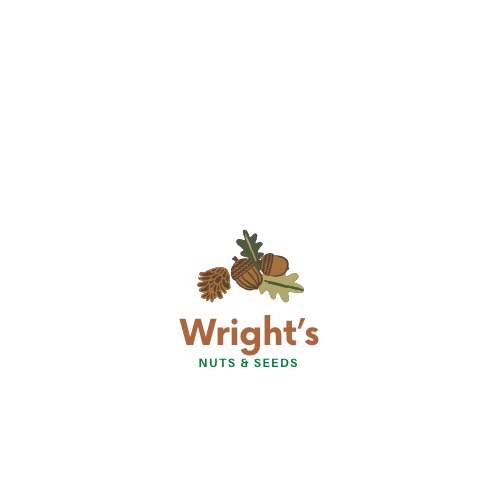Balancing rising cashew processing costs while maintaining competitive retail prices is a strategic juggling act. Here’s how processors and exporters typically manage it:
🏭 Cost Management Strategies
- Automation & Efficiency Gains: Investing in automated shelling, peeling, and grading equipment reduces labour costs and improves throughput.
- Grade Optimisation: Focusing on high-yield kernel grades like W320 (widely traded and cost-efficient) allows processors to serve mass-market demand without sacrificing margins.
- Sourcing Advantage: When raw cashew nut (RCN) prices dip—as seen recently—processors can lock in lower input costs to buffer against other rising expenses.
💼 Pricing & Market Tactics
- Tiered Product Lines: Offering multiple grades (e.g., W180 for premium, W450 for value) lets businesses target different price-sensitive segments.
- Bulk Export Focus: Selling in bulk to international buyers helps maintain volume and reduce per-unit costs, even if retail margins tighten.
- Brand Positioning: Strong branding and quality assurance allow some processors to justify stable or premium pricing despite cost pressures.
🌍 External Levers
- Government Support: In countries like Vietnam, processors benefit from subsidies and streamlined export policies, helping them stay competitive.
- Market Diversification: Expanding into new geographies or channels (e.g., direct-to-consumer, online retail) spreads risk and opens pricing flexibility.

